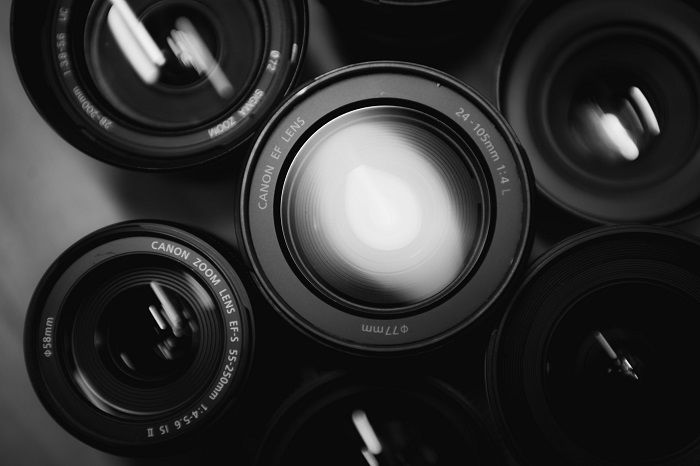Canon EOS M Review (Worth Buying in 2026?)
The Canon EOS M might not be the first thing you think of when choosing a camera. But I've written this review because I used the EOS M to take the images you see below. And I'm really pleased with the way they came out.
Read on to see why I still love my Canon EOS M and why it’s still worth looking at.
Canon EOS M Overview and Specifications
Canon EOS M
The Canon EOS M is small. But at its heart, it houses an 18 MP APS-C sensor. It shoots Full HD video, has manual controls, and has interchangeable lenses. With built-in automatic scene detection, this camera is designed as the perfect gateway into DSLR photography.
I was using the 18-55mm kit lens for this particular shoot. And I have to say—it didn’t disappoint!

© Joe Taylor Photography
Who Is the Canon EOS M For?
The Canon EOS M‘s small size makes this the perfect adventure camera. Anyone who wants something small, discrete, and portable will appreciate this camera.
It’s available as a kit with either the 18-55mm zoom lens or with a 22mm prime. And with either lens, this camera is as at home shooting holiday vistas as it is edgy street photography.
You can even edit your images in-camera with built-in creative effects. And you can save your edits to the SD card as JPEG files.
At over ten years old, the touch screen and focus are not as fast as modern mirrorless cameras. If you want to shoot sports or wildlife, you may be better off with a newer, faster camera.
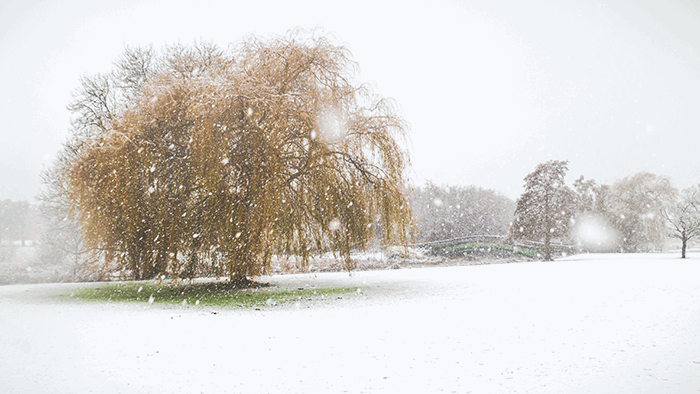
© Joe Taylor Photography
Key Features
Mount and Compatibility
The Canon EOS M has its own lens mount, the EF-M. Canon has a range of available focal lengths, developed as the M series of mirrorless cameras has grown. And Canon EF-M lenses are very good.
With an adapter, the camera will happily take EF and EF-S lenses. This opens up a world of pre-loved auction site bargains. The lens mount adapter doesn’t appear to negatively impact focusing speed. It also comes with a tripod mount thread to help balance larger Canon lenses.
EF adapters are available for most manual lenses. If you have an older camera, you could combine the adapters and use your existing glass.
Unlike the Sony focusing system, the Canon’s screen does not highlight your area of focus when using a manual lens. It can be challenging to pinpoint focus at any speed if you are shooting at large apertures.
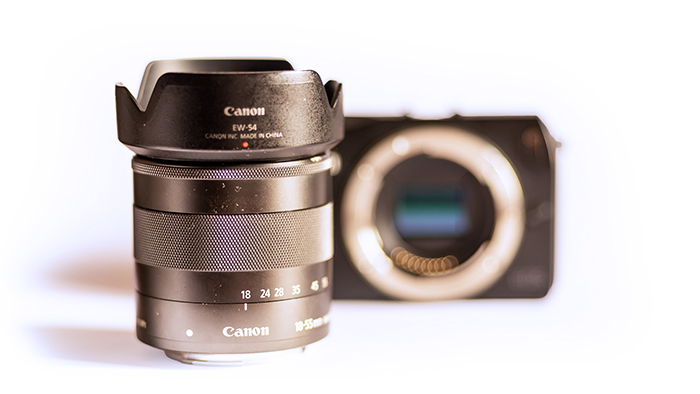
Sensor and Image Quality
The image quality from the Canon EOS M is superb. The sensor and the “brain” are essentially that of the Canon 7D.
The 18 MP, 22.3 x 14.9mm CMOS sensor is a tried and true staple from Canon. With a maximum ISO of 12,800, it’s good in low-light situations. There is no AA filter or in-body stabilization. But if you buy a ten-year-old camera, that is to be expected.
The color rendition is superb. The Digic 5 processor does a great job processing clean JPEGs.
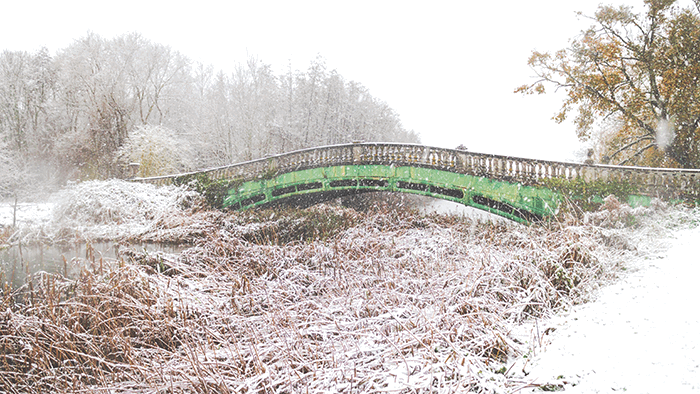
© Joe Taylor Photography
Focusing
A single touch to the screen enables the Hybrid CMOS AF System with phase detection pixels. It’s not as fast and responsive as a modern DSLR or mirrorless camera, but it’s perfect for composing a scene. If you select a face, the automatic face detection will track its movements.
The servo AF mode is a little sluggish but can be locked with a half-press of the shutter button. This gives you time to recompose before you snap.
In low light, you get to experience the “AF assist beam.” This red LED helps your camera focus.
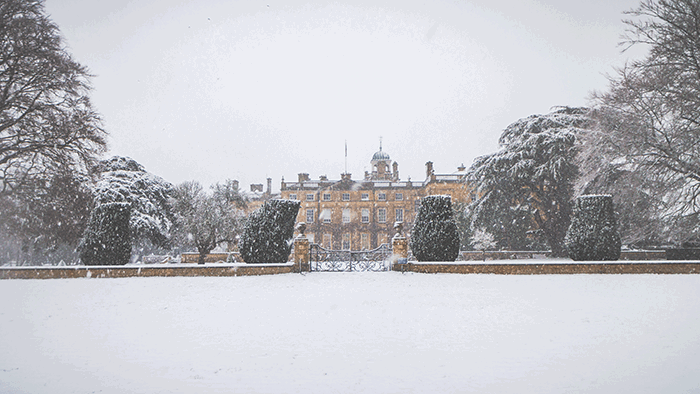
© Joe Taylor Photography
Video
The Canon EOS M shoots Full HD MOV files at 30 fps. The face tracking, superb color rendering, and H264 codec processing are invaluable here. Pop it on a tripod, set your exposure, and it will give you quality, focused files every time.
I have shot lots of video with full frame DSLRs and dedicated video cameras. And I am always pleasantly surprised by the quality of footage from this one. But it will only record for 29 minutes and 59 seconds at a time.
Professional video production has come a long way in the last decade. Most homes have HD televisions, so this camera is more than enough to make that video montage for friends and family.
The inclusion of a microphone socket and manually adjustable sound levels is a great feature. It gives you the option of upgrading your cinematic experience with high-quality sound.
Body and Handling
At only 109 x 67 x 32mm, I once lost it under a couple of batteries in my camera bag. Despite its tiny form, the controls are intuitive and well laid out. Select an attribute by tapping it, then swipe your finger along the screen to set its parameters.
The EF-M lenses are compact enough to keep in a pocket. And at only 298 grams, the whole thing weighs less than a professional lens. It’s not weatherproof, but it’s easy to keep under a coat between shots. A light shower or snow doesn’t seem to have any adverse effect on the camera.
The lack of a viewfinder could turn off a lot of photographers. But I can’t imagine this would be a problem for those who are used to looking at a screen to capture images.
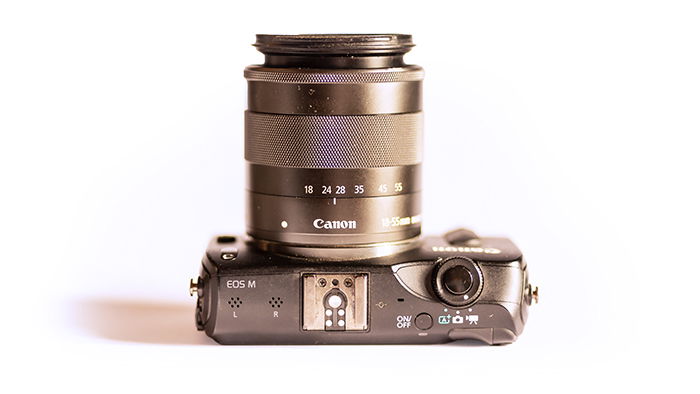
Canon EOS M Alternatives
The current EOS M range comes with a whole host of features. They’ve got features for live streaming and 4K video to Bluetooth and Wi-Fi.
The EOS M is perfect if you are in the market for a tiny older camera that still produces high-quality images. I would also suggest other mirrorless cameras of the time, a Sony NEX, or Fujifilm X range camera.
Our Verdict—Canon EOS M
The bottom line is I love my Canon EOS M. It may be ten years old, but the size, weight, and image quality still hold up. The Canon EOS M is especially good as a video body for use with your existing EF and EF-S lenses.
It’s perfect if you want to upgrade from phone photography, document your travels, and shoot videos.
Scores
[scores price="no" product="6127″ tag="expertphotog-20″ toc="no" left_title="Measurement" right_title="Score"]

